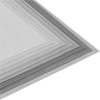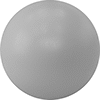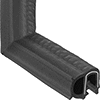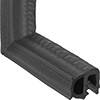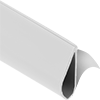Filter by
Thickness
Color
Hardness
Maximum Temperature
Cell Type
Minimum Temperature
DFARS Specialty Metals
Tensile Strength
Specifications Met
Adhesive Type
Flexibility
For Use With
Pressure to Compress 25%
About Rubber
Compare over 15 types of rubber to find the right material for you.
































































